 Menu ≡
Menu ≡
Fake Food!
Do you use fake food in your Spanish classroom? Using fake fruit, vegetables, and other items is a great way to teach vocabulary and grammatical structures. We do it a lot in both Vámonos 1 and 2. To learn ideas on how to use these props, click on the article link to the right.


Photo courtesy of Escuela Mexicana
Spanish Abroad Part 2: Studying Spanish in México
Taking Spanish classes at a reputable language school is a great way for families to combine travel and education! Click on the article below to see a description of some Spanish language schools from different parts of México. Many have kids' classes and most offer fun activities outside of class.
Fitting in a Spanish Class
If you and your family love to travel but also want to improve your Spanish fluency, fitting in one or two weeks at a language school is a great way to go! Read part I of the article on Spanish Language Schools Abroad to learn more! Just click on the link below the map to access the article.

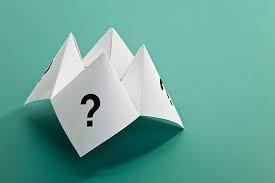
Make a Sacapiojo!
In the U.S., we knew them as “Cootie Catchers," but in Spanish they are called Sacapiojos or Comecocos. ¡Vámonos! writer Geovanna Delgada explains how to use this fun craft to teach Spanish questions and vocabulary. (It works for online learning, too!) Just click on the link below to access the article.
Making Paint Blob Animals!
Do you have the summer doldrums? Here's a fun and easy craft you can do with your kids to practice Spanish! ¡Vámonos! writer Geovanna Delgado explains how to make animals out of paint blobs or fingerprints. Included is a list of Spanish words and phrases (and their translations) to help you make this activity fun AND educational. Just click on the attachment below the frog for the full article.


Practicing Spanish with Your Kids
A lot of us are working from home during the COVID-19 crises and trying to homeschool our kids. With all this pressure, Spanish may fall by the wayside of more "academic" subjects like Math and Language Arts.
How can we bring Spanish practice into our children's daily lives so it doesn't feel like more schoolwork? Click on the attachment below to read about some simple ideas for keeping up the Spanish practice!

<a href="https://www.freepik.com/free-photos-vectors/background">Background vector created by Freepik</a>
Día de Los Muertos (Day of the Dead) is almost here! You can explore this cherished Latin American holiday with your students through art, books, and other activities. Vámonos writer Geovanna Delgado shares her classroom ideas in the article below.

What's New in Book 2?
Can you believe it's already August? Yep, fall is just around the corner, and with that new opportunities for your kids and students to learn Spanish!
If you enjoyed using ¡Vámonos! Book 1 with your students, you'll be pleased to know that ¡Vámonos¡ Book 2 is now available on our website:
Book 2 builds on the foundation and skills presented in Book 1, while also serving up fresh activities such as Mi Diccionario, Conjugation Station, and Role Playing games to help students further develop their grammar, writing, and speaking skills. In addition, we have added Cultural Lessons so that classes can explore different Spanish speaking cultures through fun, hands-on activities. Learn how to make a fruity drink from Ecuador and Cubist art from Spain. Then see if you can dance salsa like a “cubano”!
¡Vámonos¡ Book 2 is jam-packed with meaningful lessons and activities that are kid-friendly and fun to use. We hope you and your students continue your Spanish immersion journey with ¡Vámonos! Book 2!
Coffee Culture in Colombia
What's it like to be a kid in the coffee growing region of Colombia? Vámonos writer Jessie Monter shares a video she likes to use with her students to explore Colombian culture.
Click on the Attachment below the picture to download the lesson.

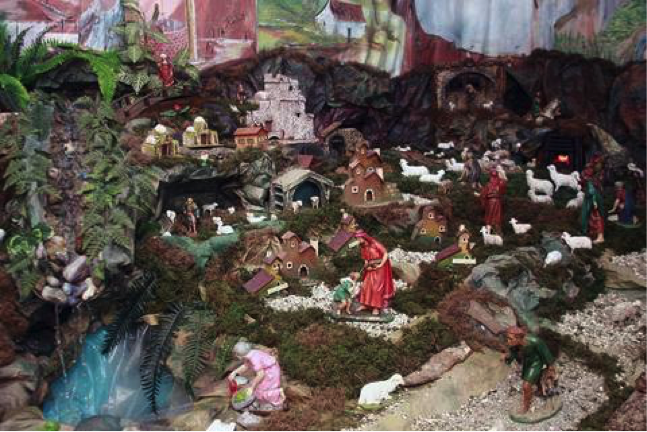
Merry Christmas from Venezuela!
To honor the holidays, Vámonos writer Geovanna Delgado has shared some of the Christmas and New Years traditions she grew up with in Venezuela.
Click on the attachment below to learn about the amazing food, songs and traditions Venezuelans enjoy during this special time!

Realia!
The other day I was editing a !Vámonos! Book 2 lesson on sports and the lesson suggests bringing in “realia.” So, what is realia and how can we use it effectively with out students?
Click on the attachment below to learn more about this popular L2 technique!

Can you use ¡Vámonos! for very young children? ¡Sí, se puede!
Some people have asked if the ¡Vámonos! curriculum can be used with very young children, such as preschoolers. Well, it can! The lessons in ¡Vámonos! Book 1 actually evolved from a Spanish for Toddlers program I helped run several years ago.
Click on the attachment below to learn how you can modify ¡Vámonos! Book 1 activities for younger students.
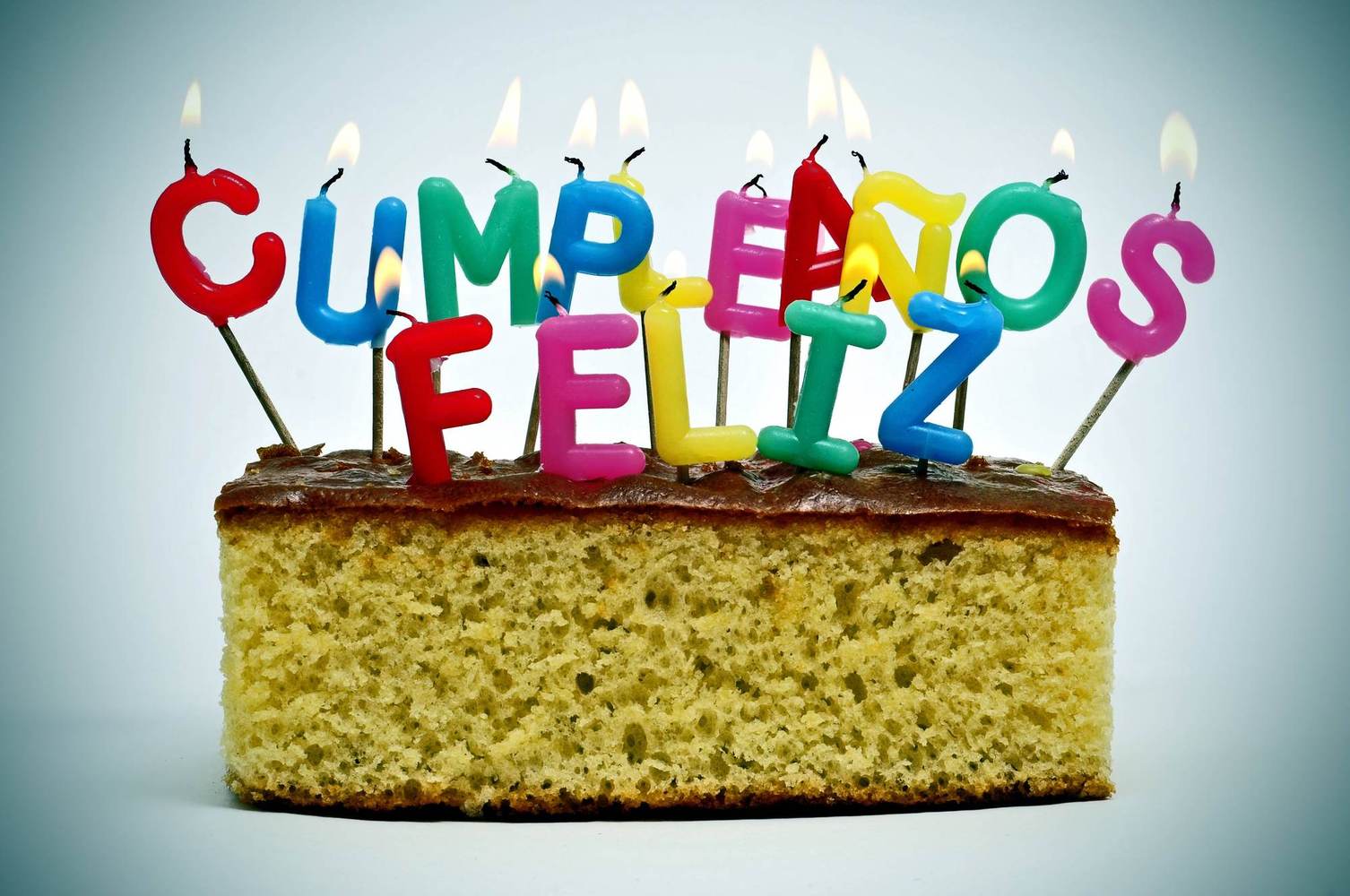
Create a Birthday Mini Lesson!
How do Spanish speaking countries celebrate birthdays? You can explore this question in your classroom by throwing Spanish and Latin American inspired birthday parties for your students.
Learn how to create a culturally rich "mini lesson" that is both joyful and educational by clicking on the attachment below.

Bringing Spanish to Your Community
Most American public schools don't offer second language study until middle school, but that doesn't mean your kids have to wait. You can work with other parents and community members to set up your own Spanish program, either as a homeschooling group, an after-school program, or a summer camp.
Find out how a group of parents set up an after-school kids' Spanish program by clicking on the attachment below.
¡Vámonos! is divided into six sections: Lessons, Seasonal Lessons, Music, Games, Printables, and Resources.
Lessons: Lessons focus primarily on grammatical patterns, with a secondary focus on vocabulary. The goal is for students to learn the patterns for questions, commands, and statements so they can begin to use Spanish in a meaningful way.
Immersion Tips: Although ¡Vámonos! is immersion-based, the success of that approach depends largely on the teacher. For this reason, we have included immersion tips throughout the book.
Seasonal Lessons: These loosely constructed lessons allow teachers to explore seasons and holidays with their students through outdoor education and hands-on activities.
Music: This section contains scores and lyrics for traditional children's songs from Latin America, as well as modified songs from North America. There are also "welcome" and "goodbye" songs to helps with transitions. All lyrics are in Spanish.
Games: The selection of children's games includes popular Latin American games as well as North American games modifed for Spanish instruction.
Printables: Here is where teachers can photocopy worksheets, games, charts, and other resources to use with their students in the classroom.
Resources: The resources section lists the Spanish books used in the curriculum as well as additional books, CDs, and websites that we have found useful.
Classic toys like dolls and stackables are a great addition to the second language classroom. You can often find what you need at yard sales or thrift stores.



A blow-up ball or "Koosh" ball comes in handy for reviewing vocabulary and even learning new grammar patterns.
I made this giant cube out of cardboard, then taped images of target vocabulary (in this case, parts of the body) to the sides. How it works is, one student rolls the cube like a dice. Then everyone calls out the name in Spanish for the picture on top. Younger kids especially love this game!
These boards encourage kids to interact even more with the story or lesson. You can give each child a felt or magnetic piece, and have them put it on the board when you give the cue. Many story sets sold in stores now come in both English and Spanish.




A set of varied and colorful pictures is an invaluable tool for any second language teacher. My collection includes pictures to teach clothing (What are they wearing?), action verbs (What are they doing?) and even jobs (What is the job?).
"Realia" just means everyday objects that you bring to the classroom for teaching. Food and clothing are two good uses of realia.


Vámonos! is unique in its level of instructor support, which takes the form of immersion tips, classroom management tools, and integrated second language theory. Teachers will appreciate the easy-to-use format, detailed instructions, and illustrated dialogues. A "Printables" section provides charts, games, and worksheets to further reduce "prep time" while adding visual context.
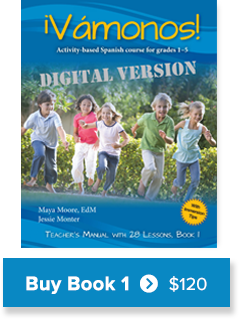
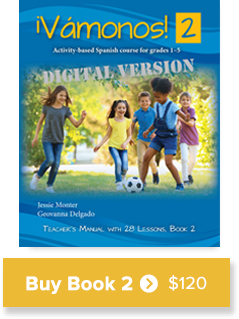
The curriculum used physical movement, songs and experiential activities to engage students and enhance language learning.”
— Heidi Binder, parent —